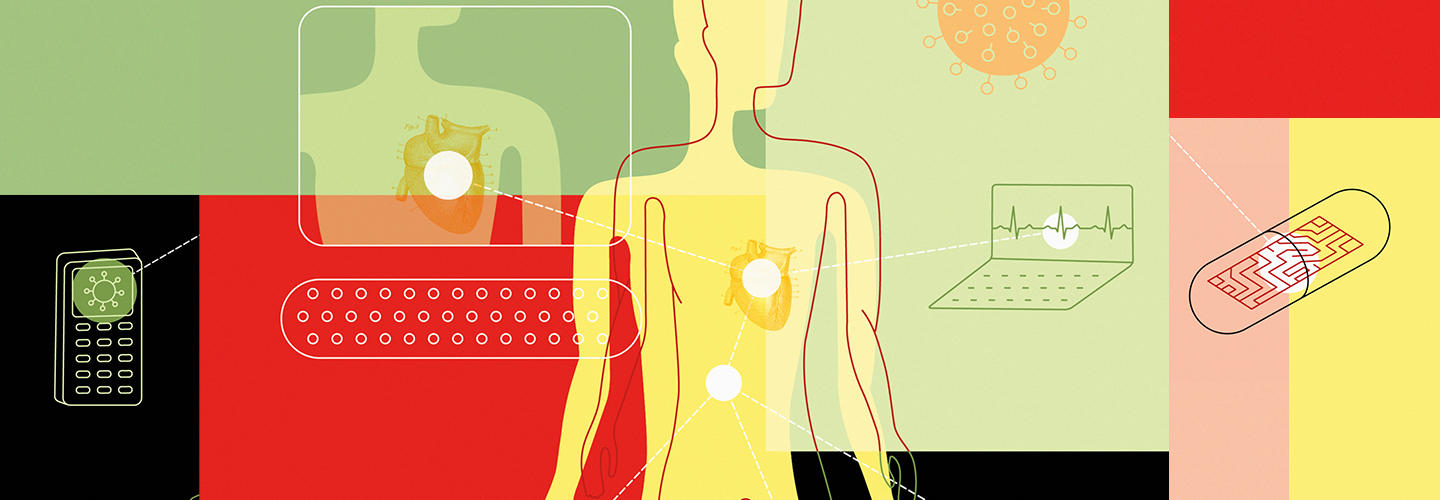
@ShahidNShah


The most important benefit of remote patient monitoring (RPM) is that it helps clinicians remain vigilant about treatment-sensitive conditions that, if left undertreated, have a high degree of morbidity. RPM gives a more clinical focus to conditions that need extra attention from healthcare professionals.
However, delivery of RPM is contingent on reliable bandwidth, which was already a concern before the pandemic. Healthcare organizations are under tremendous stress, and they have to deal with competing priorities. Healthcare providers must carefully choose which patients to monitor remotely and have strategies in place to deal with potential problems.
Some RPM programs get around this by using cellular devices, which can enable capabilities such as real-time monitoring and two-way communication but may also increase costs.
Continue reading at healthtechmagazine.net
The financial plight of healthcare providers amid the Covid-19 pandemic makes it more imperative than ever for HCPs to modernize their back-office systems in order to improve visibility and efficiency …
Connecting innovation decision makers to authoritative information, institutions, people and insights.
Medigy accurately delivers healthcare and technology information, news and insight from around the world.
Medigy surfaces the world's best crowdsourced health tech offerings with social interactions and peer reviews.
© 2025 Netspective Foundation, Inc. All Rights Reserved.
Built on Jul 14, 2025 at 2:07pm